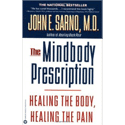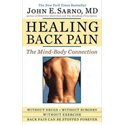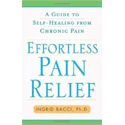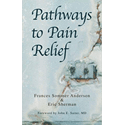A Way to Turn down your Amydala to Turn down your Pain

One of the things that has consistently been popping up in the brain MRI research is the role of the amygdala in chronic pain and anxiety disorders. The amygdala is the center of negative emotions and is part of the limbic brain. This part of the brain has been implicated in the transition of acute pain to chronic pain. One of the interesting and unexpected findings from 2020 was a study out of Duke University that found when they could turn off the amygdala in mice, they ‘profoundly’ turned off physical pain (see link below). What’s so interesting about these results is that the center of negative emotions was the primary area of the brain linked with physical pain relief. This is in line with the work of Dr. John Sarno and the notion that negative emotions can cause real physical pain. We now have science to back this up.
https://today.duke.edu/2020/05/neurobiologist-finds-potent-pain-suppression-center-brain
I will go over some of the ways in the next few blog posts on how we can quiet our amygdala, which should have an impact on our chronic pain. One of the ways to do this is through meditation (mindfulness). This study and others have found that meditation and mindfulness turns down amygdala activity- in this study, it was a compassion-based meditation. Compassion, as it pertains to self-compassion is really important as it is one the things we see a lot of people struggle with with chronic pain. Many people are self-critical and hard on themselves, which just adds more negative emotion to the mix. In this study, through compassion meditation, the ‘participants who performed more compassion practice had stronger right amygdala activity reduction during negative emotion processing. The lower right amygdala activity after ABCM training may be associated with a general reduction in reactivity and distress.’ So using compassion meditation/mindfulness is one good way to dial down the amygdala to help dial down our pain.
https://www.tandfonline.com/doi/full/10.1080/17470919.2017.1311939






